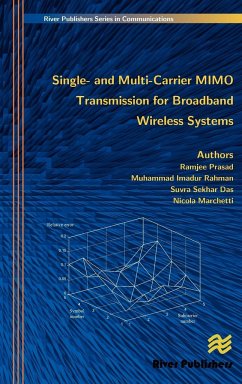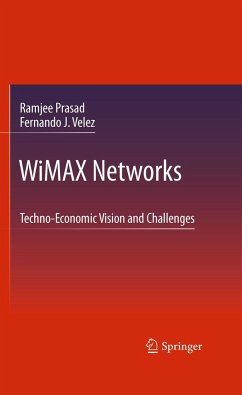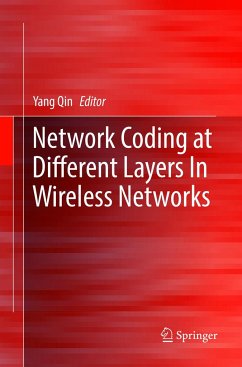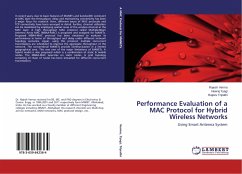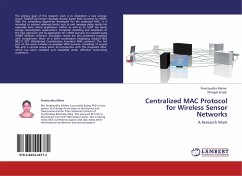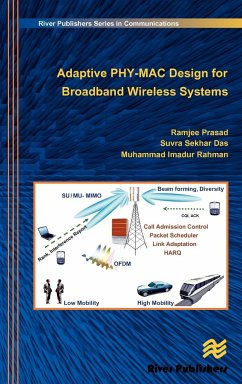
Adaptive Phy-Mac Design for Broadband Wireless Systems
Versandkostenfrei!
Versandfertig in 1-2 Wochen
153,99 €
inkl. MwSt.
Weitere Ausgaben:

PAYBACK Punkte
77 °P sammeln!
The next generation mobile communication networks (4G) has the challenging target of providing a peak data rate of 1 Gigabit per second in the local area and 100 Megabit per second in a wide area. The ability to offer such high data rates in the 100 MHz bandwidth requires a very high overall spectral efficiency, and hence the need for multi-antenna techniques (MIMO) with spatial multiplexing, fast dynamic link adaptation and packet scheduling, wideband access techniques, and most likely non-contention based spectrum sharing among multiple operators.Many of these required technology components ...
The next generation mobile communication networks (4G) has the challenging target of providing a peak data rate of 1 Gigabit per second in the local area and 100 Megabit per second in a wide area. The ability to offer such high data rates in the 100 MHz bandwidth requires a very high overall spectral efficiency, and hence the need for multi-antenna techniques (MIMO) with spatial multiplexing, fast dynamic link adaptation and packet scheduling, wideband access techniques, and most likely non-contention based spectrum sharing among multiple operators.Many of these required technology components and techniques are well researched and established. Adaptive PHY-MAC Design for Broadband Wireless Systems explains how one can integrate and optimize their use in providing the target cell data rates with high availability. The authors address the ability to cope with interference and enhanced physical layer processing, and simultaneously, multifaceted system level design. The focus is also on the selection of technology components and techniques which leads to the highest spectral efficiency and peak data rate availability with reasonable Quality of Service (QoS) support, such as improved outage scenario, reduced delay and guaranteed bit rate. In short, this book will answer questions such as how individual techniques relate to each other, how we can improve the gains by suitable combinations of different technologies and how to choose different technological solutions in different scenarios, and so on. Adaptive PHY-MAC Design for Broadband Wireless Systems can be used for lectures in graduate level courses in universities. PhD level students will also find it useful as this book will outline the fundamental concepts and design methods for PHY and MAC layers of future wireless systems. It can also be used as a reference by engineers and developers in the industry as well as by researchers in academia. For professionals, system architects and managers who play a key role in the selection of a baseline system concept for future wireless standards, such as IMT-Advanced type architecture, discussions, analysis and guidelines to highlight overall system level perspective are included.




